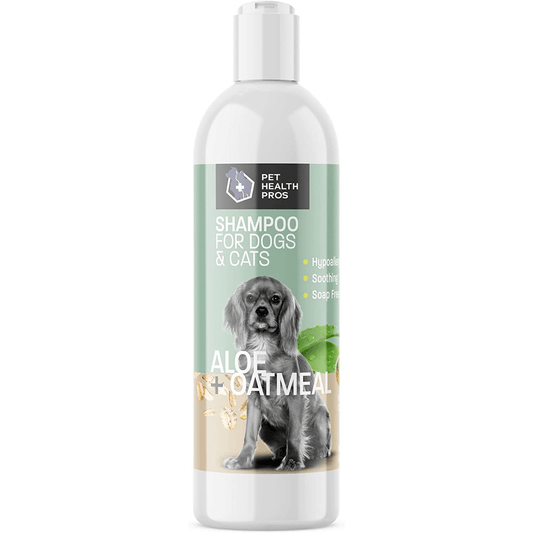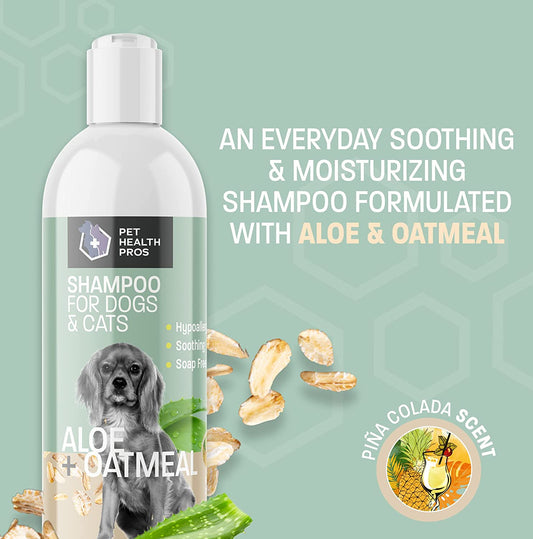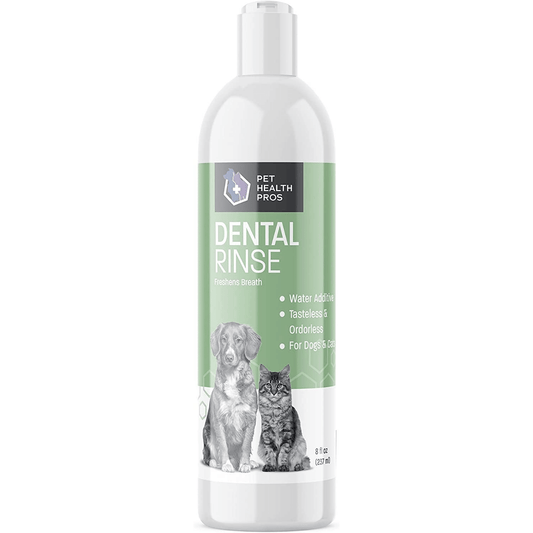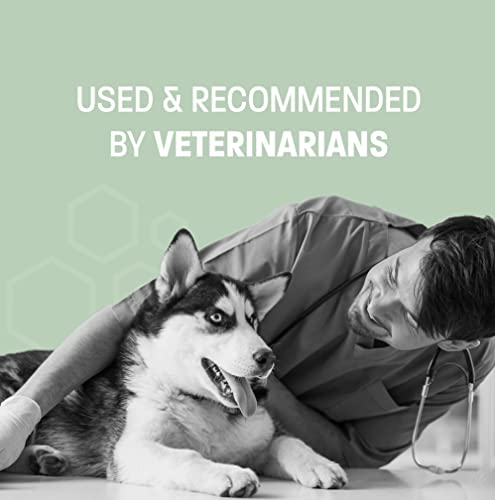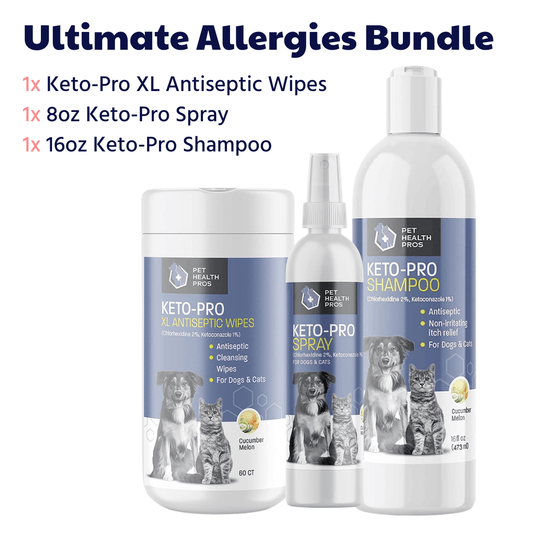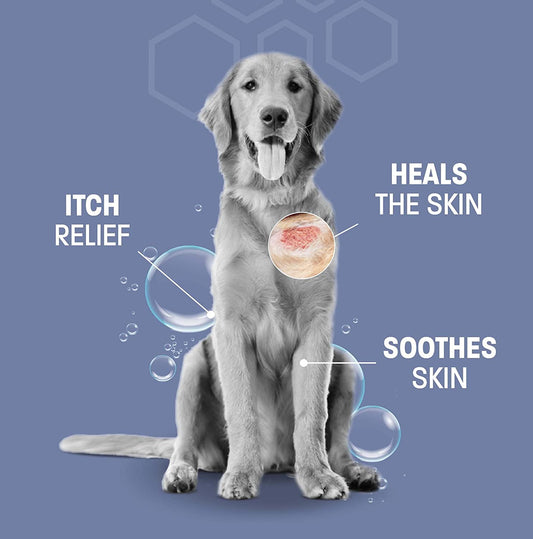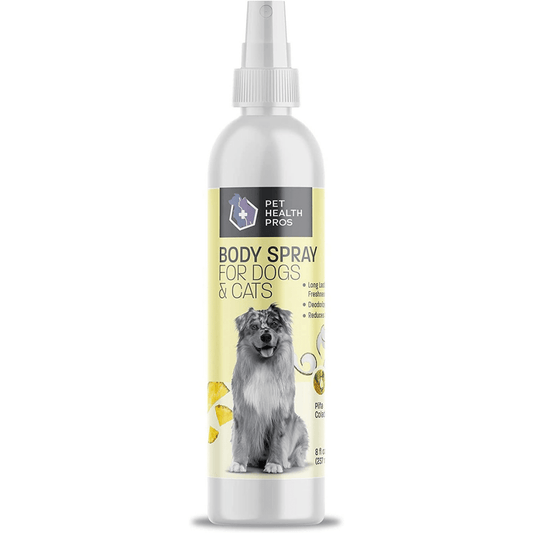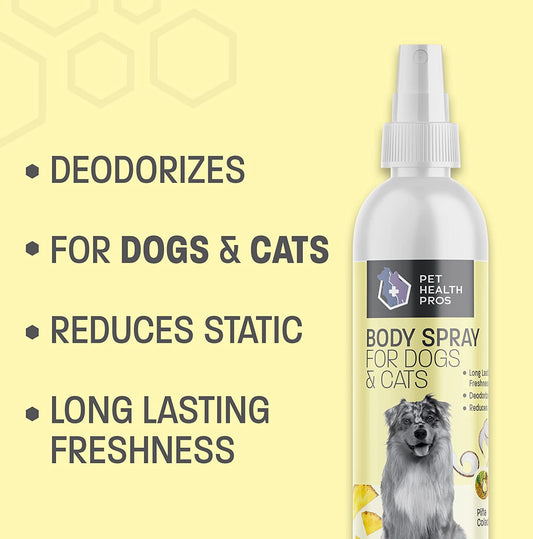Ever caught your dog gnawing on your favorite shoes or the corner of your couch? You're not alone. Many dog owners face the challenge of keeping their furry friends from chewing on everything in sight. Instead of buying expensive commercial sprays, why not try making your own dog anti chew spray DIY? It's simple, cost-effective, and you probably already have most of the ingredients at home. Let's dive into how you can create a spray that works wonders.
Key Takeaways
- DIY dog anti chew sprays are budget-friendly and easy to make.
- Using natural ingredients like essential oils can be safer for your pet.
- Proper testing is crucial to ensure your dog doesn't have an allergic reaction.
- Consistency in application can help curb your dog's chewing habits.
- If DIY solutions fail, consulting a professional might be necessary.
Understanding the Need for Dog Anti Chew Spray DIY
Why Dogs Chew on Household Items
Dogs chew on items around the house for a variety of reasons. Puppies, for instance, chew to relieve the discomfort of teething. Older dogs might chew out of boredom, anxiety, or simply because they find it enjoyable. Chewing is also a way for dogs to explore their environment and can be a sign of stress or a lack of mental stimulation.
The Benefits of Using a DIY Solution
Creating a DIY dog anti-chew spray can be a cost-effective and customizable alternative to commercial products. By making your own spray, you can ensure that all the ingredients are safe and natural. This is particularly important for dogs with allergies or sensitivities. A homemade spray allows you to tailor the formula to your dog's preferences and needs, potentially increasing its effectiveness.
Common Ingredients in Commercial Sprays
Many commercial anti-chew sprays use bitter-tasting ingredients to deter dogs from chewing. These often include natural substances like apple cider vinegar and citrus oils. Some sprays also incorporate essential oils, which can have calming effects. However, it's crucial to ensure that any ingredients used are safe for dogs. Anti-chew sprays are designed to be unpleasant in taste but harmless to pets, making them a popular choice for managing destructive chewing behavior.
Gathering the Right Ingredients for Your DIY Spray
Essential Oils and Their Benefits
When you're making a dog anti-chew spray, essential oils can be your best friend. Lavender, peppermint, and citrus oils are popular choices. Lavender has a calming effect, which can help soothe anxious dogs. Peppermint is strong and can deter dogs from chewing due to its pungent smell. Citrus oils, like lemon or orange, are also great because dogs typically dislike the aroma. Remember, essential oils should be used sparingly and always diluted, as they are potent.
Safe Ingredients for Dogs
It's crucial to ensure the ingredients you use are safe for your furry friend. Vinegar and apple cider vinegar are common bases for DIY sprays because they are effective and safe. You might also consider using lemon juice for its acidic properties, which can deter chewing. Always avoid toxic substances like alcohol or tea tree oil, which can be harmful to dogs.
Where to Source Your Ingredients
Finding the right ingredients is easier than you might think. Most items can be found at your local grocery store or health food shop. Essential oils can be purchased online or in specialty stores. For those looking to save a bit, buying in bulk can be cost-effective. When sourcing, ensure your ingredients are pure and high-quality to maintain the effectiveness of your spray.
Gathering the right ingredients is the first step in creating a spray that not only deters chewing but is also safe and pleasant for your pet. By choosing natural and effective components, you're setting the stage for a successful DIY project.
Step-by-Step Guide to Making Your Own Dog Anti Chew Spray
Preparing Your Workspace
Before diving into the creation of your DIY dog anti-chew spray, it's important to set up your workspace. Choose a well-ventilated area to ensure you aren't overwhelmed by the scents of the ingredients. Gather all the tools you need, such as measuring cups, a mixing bowl, and a spray bottle. Having everything within reach will streamline the process and keep things tidy.
Mixing the Ingredients
Once your workspace is ready, it's time to mix the ingredients. You'll need water, white vinegar, and a few drops of essential oils like lemon or eucalyptus, which dogs find unpleasant. Start by measuring equal parts of water and vinegar, then add a few drops of your chosen essential oil. Stir the mixture thoroughly in a bowl before pouring it into a spray bottle.
Storing Your DIY Spray
Proper storage of your homemade spray is crucial for maintaining its effectiveness. Keep the spray in a cool, dry place away from direct sunlight. This will help preserve the potency of the essential oils. Make sure the spray bottle is tightly sealed to prevent evaporation and leakage. Regularly check the spray for any changes in scent or color, as this might indicate it's time to make a new batch.
Creating your own dog anti-chew spray can be a simple and rewarding process. With the right ingredients and a little patience, you can protect your belongings and keep your furry friend safe from harmful chemicals found in commercial products.
Testing and Applying Your DIY Dog Anti Chew Spray
How to Test for Allergic Reactions
Before you start spraying your homemade concoction all over the house, it’s smart to test it on a small patch of your dog's skin. This helps ensure your furry friend doesn’t have an allergic reaction. Dab a little bit of the spray on a small area, like behind the ear or on the belly, and watch for any redness or irritation over the next 24 hours. If everything looks good, you’re in the clear!
Effective Application Techniques
Once you know your spray is safe, it’s time to put it to work. Apply the spray generously on areas where your dog tends to chew. Focus on furniture legs, shoes, or any other household items that have fallen victim to your dog's teeth. Make sure to coat these surfaces well, but avoid soaking them to the point of damage. A light misting every few days should do the trick.
Monitoring Your Dog's Behavior
After applying the spray, keep an eye on your dog's reaction. The goal is to see a reduction in chewing behavior. If your dog seems unfazed, it might be time to tweak the formula or application frequency. Remember, each dog is different, and what works for one might not work for another. Patience and observation are key.
Regular use of homemade no-chew sprays can be a cost-effective way to manage your dog's chewing habits, but always be ready to adjust as needed.
Troubleshooting Common Issues with DIY Sprays
Adjusting the Formula for Better Results
Creating a DIY dog anti-chew spray can be a bit of a trial-and-error process. If your initial mix isn't keeping your pup from gnawing on the furniture, it might be time to tweak the formula. Consider increasing the concentration of the deterrent ingredients, like vinegar or citrus oils, but do so gradually to avoid making the scent too overpowering.
Here's a simple approach to adjusting your spray:
- Start with a Small Batch: Before you make a large quantity, test a smaller amount to see how your dog reacts.
- Modify One Ingredient at a Time: This helps you identify which change makes the difference.
- Test and Observe: Apply the spray to a small area and monitor your dog's reaction.
Dealing with Persistent Chewing
If your dog continues to chew despite using the spray, it might be time to explore other strategies. Chewing can often be a sign of boredom or anxiety. Consider these options:
- Provide More Exercise: A tired dog is a well-behaved dog. Ensure your pet gets enough physical activity daily.
- Offer Chew Toys: Redirect their chewing to something more appropriate.
- Consult a Professional: Sometimes behavioral issues require expert advice.
When to Consult a Professional
Sometimes, despite your best efforts, a DIY spray just doesn't cut it. If your dog is still chewing everything in sight, it might be time to seek help from a professional. A vet or a pet behaviorist can provide insights into underlying issues that might be causing the behavior.
"When DIY solutions aren't enough, consulting with Pet Genius can offer tailored guidance to address your pet's specific needs."
Maintaining the Effectiveness of Your Dog Anti Chew Spray
Keeping your DIY dog anti-chew spray effective is just as important as making it in the first place. This section will guide you through some practical tips to ensure your spray continues to deter your furry friend from gnawing on household items.
Proper Storage Tips
One of the most crucial aspects of maintaining your spray's effectiveness is storing it correctly. Always keep your spray in a cool, dark place to prevent the ingredients from degrading. Exposure to sunlight or heat can reduce the potency of essential oils and other active components. Make sure the bottle is sealed tightly to avoid evaporation or contamination.
Reapplication Guidelines
Over time, the scent and effectiveness of your spray might diminish. It's essential to reapply the spray regularly, especially in high-traffic areas or on items your dog frequently targets. A good rule of thumb is to reapply every few days or after cleaning the sprayed area.
Signs It's Time to Make a New Batch
Even with proper storage and reapplication, there comes a time when you need to whip up a fresh batch. If you notice that your dog is starting to chew on areas that were previously protected, it might be time to make more spray. Additionally, if the spray has changed color or developed an off smell, it's best to discard it and make a new one.
Regularly assessing the effectiveness of your anti-chew spray ensures that your efforts in creating a DIY solution are not in vain. By following these simple maintenance tips, you can keep your home and your dog's behavior in check without constantly worrying about destructive chewing.
Exploring Alternative Solutions to Chewing Problems
Training Techniques to Reduce Chewing
Training your dog effectively can significantly reduce unwanted chewing. Start with basic commands like "leave it" or "no" to discourage your dog from gnawing on household items. Consistency is key, so ensure everyone in the household uses the same commands and techniques. Positive reinforcement, such as treats or praise, when your dog chews on appropriate items, can also be very effective.
Using Chew Toys as a Deterrent
Chew toys are a great way to redirect your dog's chewing habits. Make sure to select toys that are durable and safe for your pet. Here are some tips for choosing the right chew toys:
- Size Matters: Choose a toy that is appropriate for your dog's size to prevent choking hazards.
- Material: Look for non-toxic materials that won't break apart easily.
- Variety: Offer a range of textures and shapes to keep your dog interested.
By providing a variety of toys, you can help satisfy your dog's natural urge to chew while protecting your belongings.
When to Seek Veterinary Advice
Sometimes, excessive chewing can be a sign of underlying health issues, such as dental problems or anxiety. If your dog's chewing behavior persists despite using no chew sprays and training, it might be time to consult a veterinarian. They can rule out medical conditions and suggest further behavioral strategies or treatments.
"Understanding your dog's needs and behaviors is crucial in addressing chewing problems. Sometimes, a simple change in routine or environment can make a big difference."
If your pet is having trouble chewing, there are many other options to consider. From special dental treats to vet-approved products, you can find solutions that work for your furry friend. Don't wait! Visit our website to explore the best choices for your pet's chewing needs and keep their health in check!
Wrapping It Up
So there you have it, your very own DIY dog anti-chew spray. It's pretty cool how you can whip up something at home that helps keep your stuff safe from those curious teeth. Remember, every dog is different, so you might need to tweak the recipe a bit to find what works best for your furry friend. And hey, if it doesn't work right away, don't sweat it. Just keep trying different mixes until you hit the jackpot. It's all about patience and a little bit of trial and error. Happy crafting, and here's to less chewed-up shoes and furniture!
Frequently Asked Questions
What is a dog anti-chew spray?
A dog anti-chew spray is a special liquid that you can spray on things to stop your dog from chewing them. It usually tastes bad to dogs, so they avoid chewing the sprayed items.
Why do dogs chew on things?
Dogs chew on things for lots of reasons. They might be bored, teething, anxious, or just curious. Chewing helps them explore the world and can also relieve stress.
Can I make my own dog anti-chew spray at home?
Yes, you can make your own dog anti-chew spray at home using simple ingredients like vinegar, citrus, and essential oils. It's a cost-effective way to protect your belongings.
Are homemade sprays safe for my dog?
Homemade sprays can be safe if you use the right ingredients. Always use dog-safe ingredients and test a small area first to make sure your dog doesn't have a reaction.
How often should I apply the anti-chew spray?
You should reapply the anti-chew spray every few days or whenever you notice your dog starting to chew again. The taste can wear off over time, so regular application helps.
What should I do if my dog keeps chewing despite the spray?
If your dog keeps chewing, you might need to try other solutions like providing chew toys, more exercise, or consulting a vet for advice.

